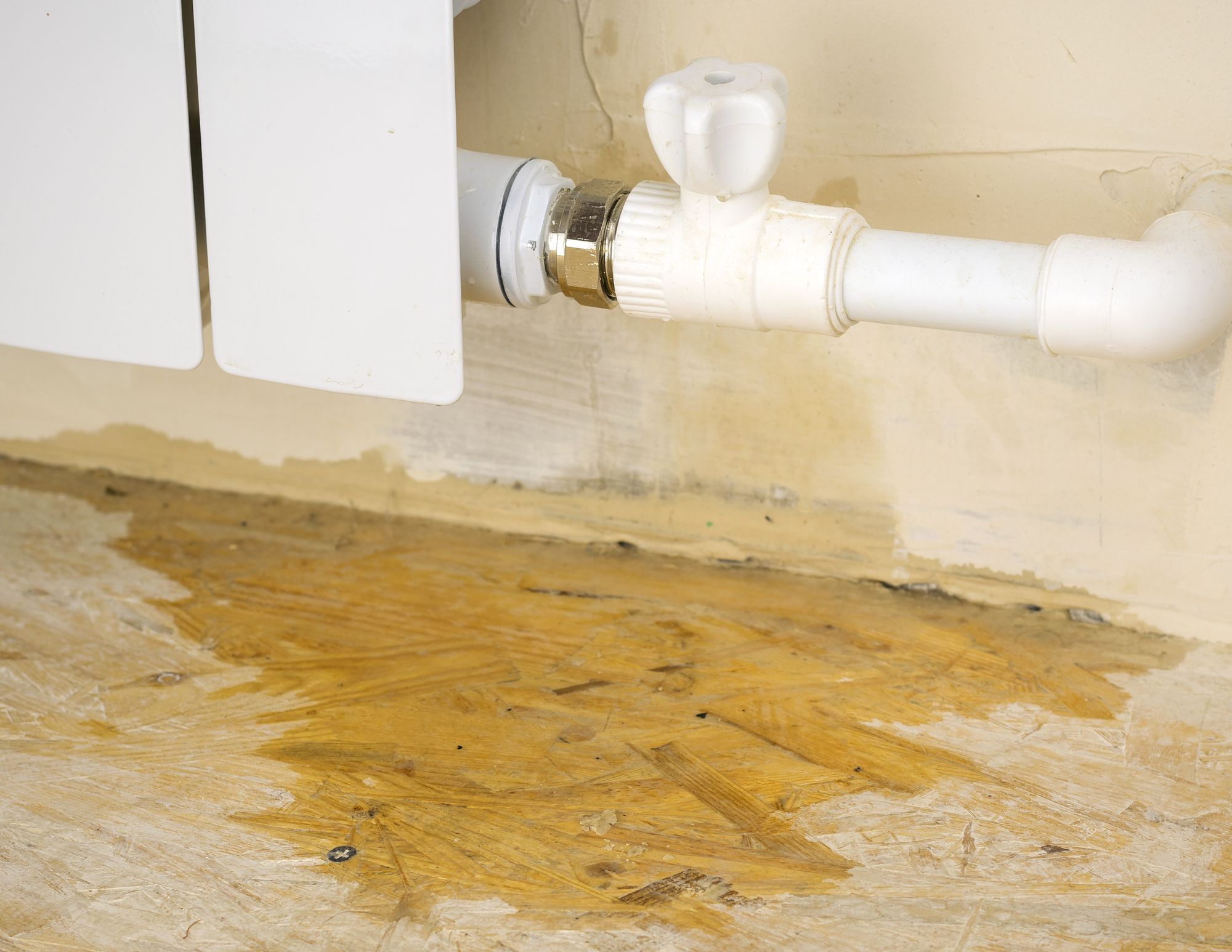What Causes Water Leaks? The Six Most Common Culprits in Homes
What Causes Water Leaks? The Six Most Common Culprits in Homes
Blog Article
Are you trying to find facts and techniques on Top Causes of Home Water Leaks?

Leakages not only trigger waste of water but can additionally create unneeded damage to your home and advertise undesirable organic development. However, water leakages may go unnoticed because the majority of the pipework in our house is hidden. By looking and also recognizing for daily scenarios that create leakages, you can safeguard your home from future leakages as well as unnecessary damages. Today, we will look at six leak creates that might be triggering your pipes to leak.
Elbowing in origins
A lot of water leakages start outside the house as opposed to inside it. If you notice an abrupt decrease in water stress, say in your tap, take some time to head out and analyze your lawn. You may notice damp spots or sinkholes in your lawn, which could imply that tree origins are getting into water lines creating water to leak out. You can have your plumber look for invasion, specifically if you have trees or hedges near your building.
Corroded water supply
As time passes by, your plumbing system ages and deterioration such as rust may begin eating away the pipelines. This could be the reason for staining or bending on your pipes. This calls for an assessment with your plumber instantly. Consider replacing the pipes given that they are at a greater threat of corrosion than the newer models if our plumbing system is old.
Malfunctioning Pipe Joints
The factor at which your pipelines attach is regularly the weakest web link in the waterline. Pipeline joints can wear away over time, resulting in water leaks. The bulk of pipe joints are not quickly noticeable. If you have noisy pipelines that make ticking or banging sounds, specifically when the hot water is turned on, your pipe joints are most likely under a lot of stress. It is a good idea to have your plumber check your system annually.
Instantaneous temperature level modifications.
Severe temperature changes in our pipelines can trigger them to expand and also get all of a sudden. This growth and tightening may create fractures in the pipes, particularly if the temperature are listed below freezing.
Poor Water Connectors
Sometimes, a leak can be brought on by loose hoses and pipelines that supply your devices. Typically, moving is what creates the loose water Connections. You may find when it comes to a washing maker, a hose might spring a leakage as a result of shaking throughout the spin cycle. In case of a water connections leak, you might discover water running straight from the supply line or puddles around your devices.
Clogged Drains
Obstructed drains may be irritating and inconveniencing, yet they can sometimes end up creating an overflow leading to rupture pipelines. Maintain removing any kind of products that may decrease your drains pipes that can clog them to prevent such troubles.
All the above are reasons for leaks yet not all water leakages result from plumbing leaks; some leaks may originate from roofing system leakages. All leaks ought to be repaired quickly to avoid water damage.
Leakages not just cause waste of water but can also create unnecessary damages to your home as well as advertise undesirable natural development. By understanding and looking for everyday situations that cause leaks, you can safeguard your house from future leaks and also unneeded damages. Today, we will certainly look at 6 leakage triggers that might be triggering your pipelines to trickle.
At times, a leakage can be triggered by loose hose pipes and pipes that supply your home appliances. In situation of a water connections leak, you may notice water running straight from the supply line or pools around your devices.
How To Check For Water Leak In Your Home
How To Check for Leaks
The average household's leaks can account for nearly 10,000 gallons of water wasted every year and ten percent of homes have leaks that waste 90 gallons or more per day. Common types of leaks found in the home are worn toilet flappers, dripping faucets, and other leaking valves. These types of leaks are often easy to fix, requiring only a few tools and hardware that can pay for themselves in water savings. Fixing easily corrected household water leaks can save homeowners about 10 percent on their water bills.
To check for leaks in your home, you first need to determine whether you're wasting water and then identify the source of the leak. Here are some tips for finding leaks:
Take a look at your water usage during a colder month, such as January or February. If a family of four exceeds 12,000 gallons per month, there are serious leaks.
Check your water meter before and after a two-hour period when no water is being used. If the meter changes at all, you probably have a leak.
Identify toilet leaks by placing a drop of food coloring in the toilet tank. If any color shows up in the bowl after 10 minutes, you have a leak. (Be sure to flush immediately after the experiment to avoid staining the tank.)
Examine faucet gaskets and pipe fittings for any water on the outside of the pipe to check for surface leaks.
Undetected water leaks can happen without the home or business owner even realizing. If you suspect a water leak, but not able to find the source. It is time to contact a professional water leak detection service, The Leak Doctor.
How To Find a Water Leak In Your Home
https://www.leakdoctor.com/blog/How-To-Check-For-Water-Leak-In-Your-Home_AE197.html

As a keen person who reads on Top Causes of Home Water Leaks, I imagined sharing that information was a good thing. For those who appreciated our page please make sure you remember to pass it around. Thank you so much for going through it.
Click On This Link Report this page